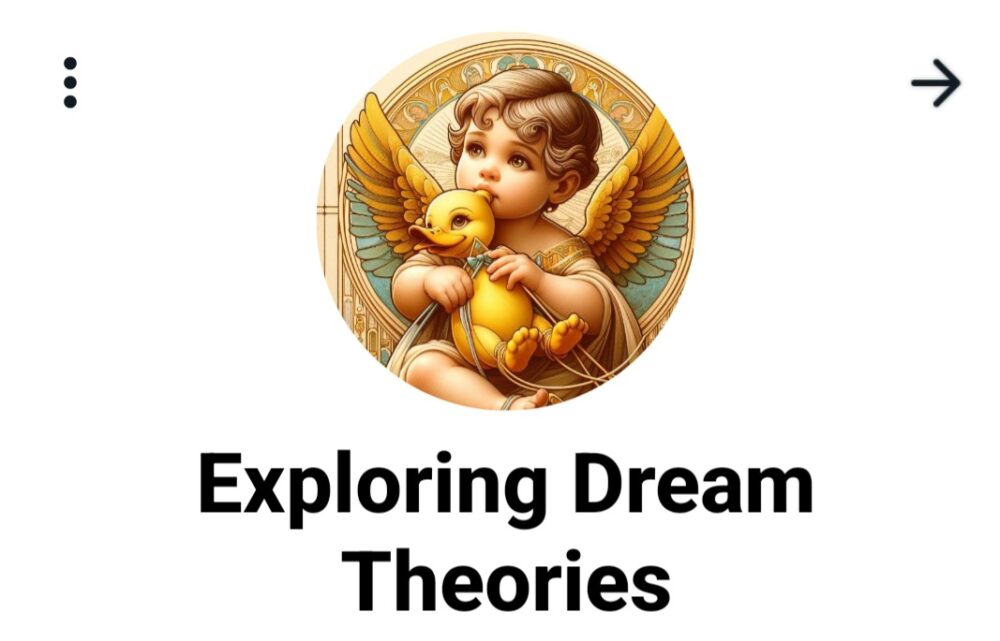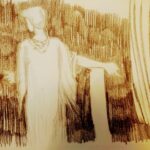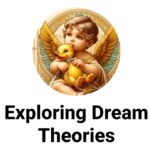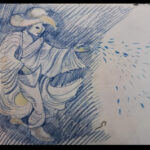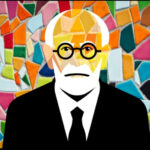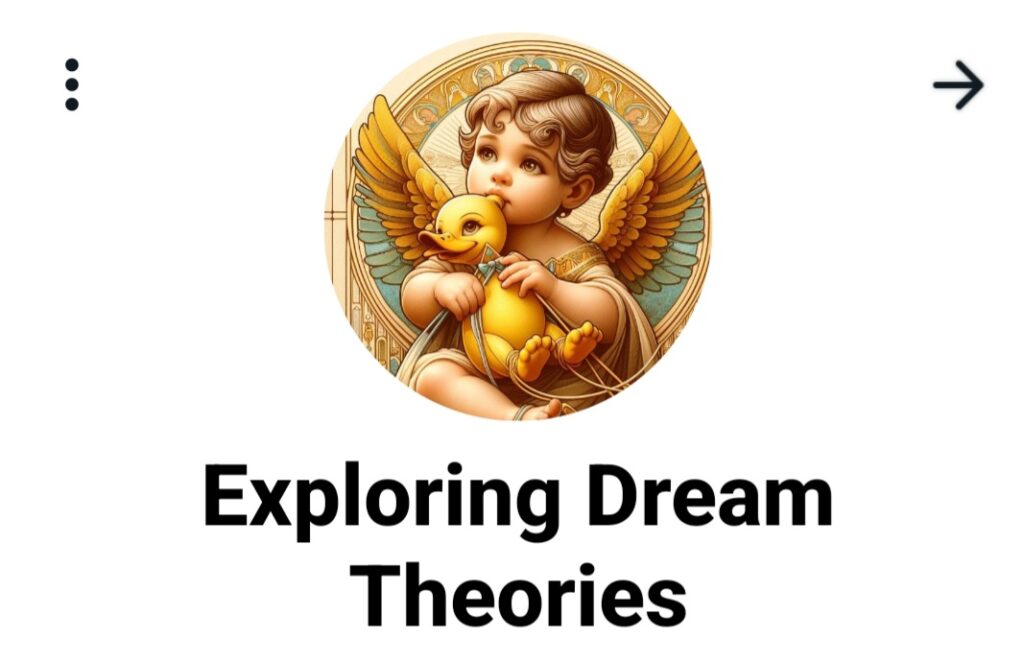

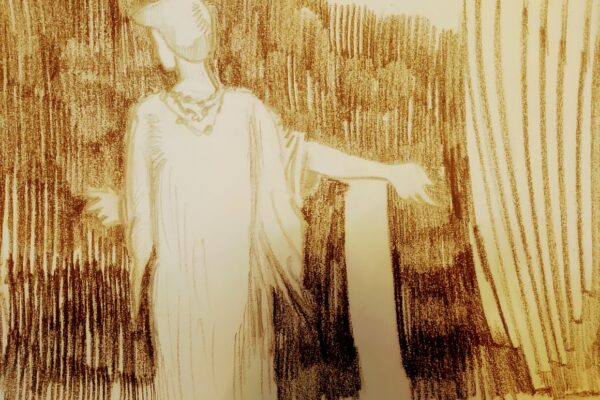
DREAM THEORIES AND SCIENCE OF DREAMING / Dr. Raz Even
facebook Email : razeven.dreams-at-gmail.com
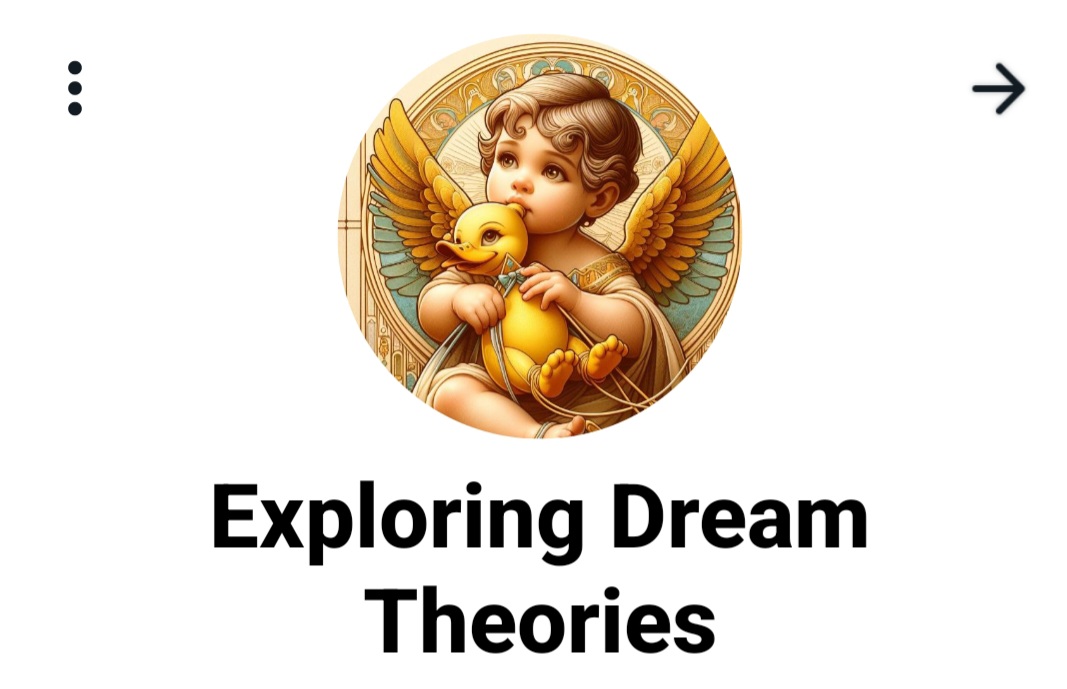

Giorgio de Chirico’s art – PSYCHOANALYSIS and DREAM SPACE
Giorgio de Chirico’s art is a profound narrative that leverages the uncanny and the architectural to craft scenes that exist beyond the typical bounds of reality, embodying the core of the Metaphysical art movement. His works, characterized by their dreamlike aura and enigmatic quality, not only influenced generations of artists but also invite deep psychoanalytical…
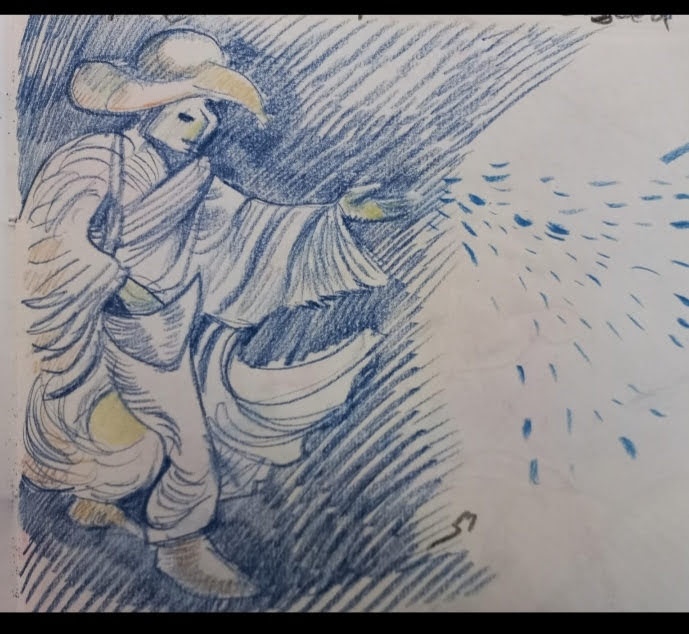
The website DreamTheory.org offers a rich exploration into various aspects of dream science
The website DreamTheory.org offers a rich exploration into various aspects of dream science and psychoanalysis, integrating modern neuroscience insights with psychoanalytic theories to delve into the complexities of dreaming and consciousness. Key Themes and Articles This diverse content from DreamTheory.org underscores the multifaceted nature of dreams, linking them to psychological theories, artistic expressions, and philosophical…
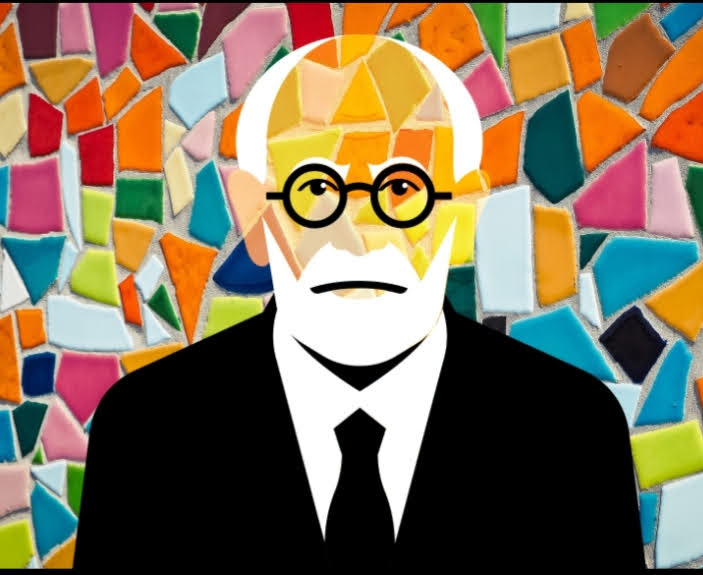
Freudian Theory and Modern Neuroscience
Integration of Freudian Theory and Modern Neuroscience Freud’s psychoanalytic theory posits that dreams reveal latent content, such as our repressed desires and unresolved conflicts. Modern neuroscience offers parallels through studies on the Default Mode Network (DMN), which remains active during REM sleep and is associated with vivid dreaming (Nielsen and Powell, 2022). This activity suggests…
Leon Grinberg / “Dreams and Acting Out”
The article by Leon Grinberg, titled “Dreams and Acting Out,” published in the Psychoanalytic Quarterly in 1987, explores the complex relationship between dreams and the phenomenon of acting out within psychoanalytic theory and clinical practice. Grinberg proposes a nuanced framework for understanding different types of dreams and their inverse relationship to acting out behaviors. His…
vivid and lucid dreaming in narcolepsy
The phenomenon of vivid and lucid dreaming in narcolepsy, characterized by a blend of wakefulness and REM sleep intrusions, presents a fascinating and complex topic for exploration within the context of dream science and consciousness studies. Narcolepsy, a sleep disorder marked by excessive daytime sleepiness, cataplexy, sleep paralysis, and hypnagogic hallucinations, offers a unique window…
why dreams appear so real and vivid
DR George Northoff in his book “neuropsychoanalysis in practice” discusses the question of why dreams appear so real and vivid, and why they contain objects. The author suggests that the brain is predisposed to creating a sense of space and time, and that this is what makes dreams feel so real. Additionally, the author suggests…
Sleep Paralysis and Hypnagogic Hallucinations: Psychological and Neuroscientific Perspectives / Dr Raz Even
The exploration of sleep disorders such as REM Behavior Disorder (RBD), narcolepsy, sleep paralysis, and hypnagogic hallucinations reveals a complex interplay between neurological processes, autoimmune reactions, and the creative depths of the human mind. These conditions not only present significant challenges for those affected but also provide valuable insights into the functioning of the brain…

On the animal symbol in dreams / Ruth Netzer
The central myth of human culture, and particularly of Western culture, is the victory over and taming of the beast, even killing or sacrificing it. The god, the ancient king, and the hero are depicted as those who can conquer the primal beast and dominate it, or as accompanied by a beast they control, symbolizing…
